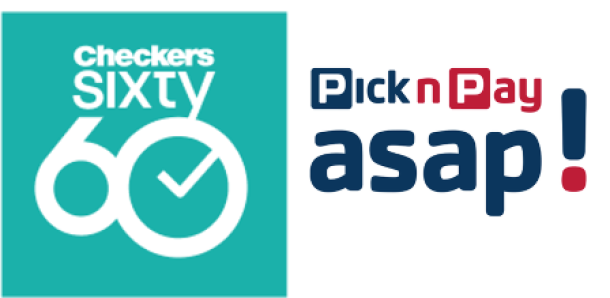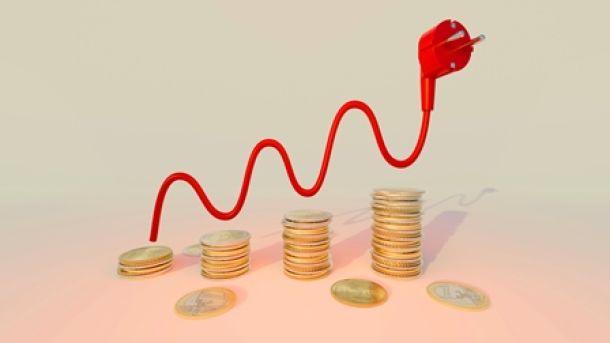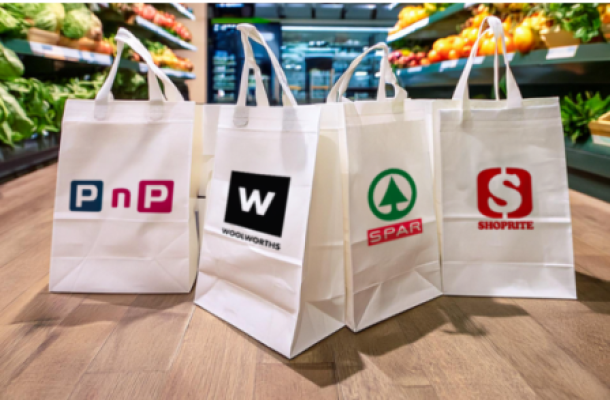Consumers continue to move away from national brands – Deloitte
US consumers are continuing to abandon national food, beverage and household brands, according to Deloitte's annual American Pantry Study.
The study, which looked at more than 354 brands across 34 product categories, found that 73% of CPG reported an overall decline in their brands' "must-have" status, meaning that shoppers would purchase whether on sale or not.
However, the 2015 study also showed a drop in store brands' appeal, improved consumer perceptions of the economy, and shoppers' willingness to pay a premium for attributes such as health and convenience – which Deloitte says may signal a turning point that is set to further disrupt the CPG industry after years of consumer caution.
While previous years of economic stagnation fuelled consumers' interest in store brands, this year's study revealed that trend may be reversing as recession-weary consumers loosen their purse strings. The number of consumers who view store brands as a sacrifice (43%) jumped 10 percentage points, while fewer consumers (65%) indicate they are more open to trying store branded products, an eight percentage point decline.
Moreover, 25% of consumers indicate they are willing to pay 10% or more for a product that is new or innovative, and 33% will do so for a craft version of food or beverages.
55% of consumers are turning to digital tools to research products, up from 45% in 2014, and ahead of the number who do so to compare prices (48%), which remained flat. Additionally, 37% use devices to make shopping lists or meal plans.
There was a noticeable gap between consumers' interest levels and current activity. For example, 38% of consumers were interested in online grocery orders for in-store pick up, but only 11 % already used this service. Similarly, 27% were interested in home delivery orders placed online for recurring purchases, but only 11% already used such a service. The study suggests there may be a shortage of services consumers seek, creating significant unmet demand that CPG companies can pursue for growth.
Deloitte said understanding the drivers of at-the-shelf purchases can help brands improve their promotional strategies and better connect with consumers. 51% of consumers make purchase decisions at the shelf, and while discounts and promotions are important, they are not the only deciding factor. When asked what triggers an impulse buy, 89% of shoppers cited discounted prices, but many also indicated that they bought an item because they remembered it when they spotted it in the store (81%), and 63% said they did so because they wanted to try a new product.
Health and wellness attributes also ranked high on consumers' shopping lists. 86% preferred convenient options that are also healthy, and 25% were willing to pay a 10% premium or more for healthier versions of a product. Furthermore, 41% chose the product at the shelf because the label addressed their health and wellness concerns.
News Category
- International retailers
- On the move
- Awards and achievements
- Legislation
- Wine and liquor
- Africa
- Going green
- Supplier news
- Research tools
- Retailer trading results
- Supply chain
- Innovation and technology
- Economic factors
- Crime and security
- Store Openings
- Marketing and Promotions
- Social Responsibility
- Brand Press Office
Related Articles

Checkers Sixty60 wipes floor with Pick n Pay As...

Top tips for consumers to combat escalating ele...

Clear winner in South African retail battle

Drinks survey reveals Rooibos as a top choice a...


